How to order seeds for this year’s garden – 6 rules a professional always follows
Planning and ordering seeds each year is always exciting, but there are pitfalls to avoid
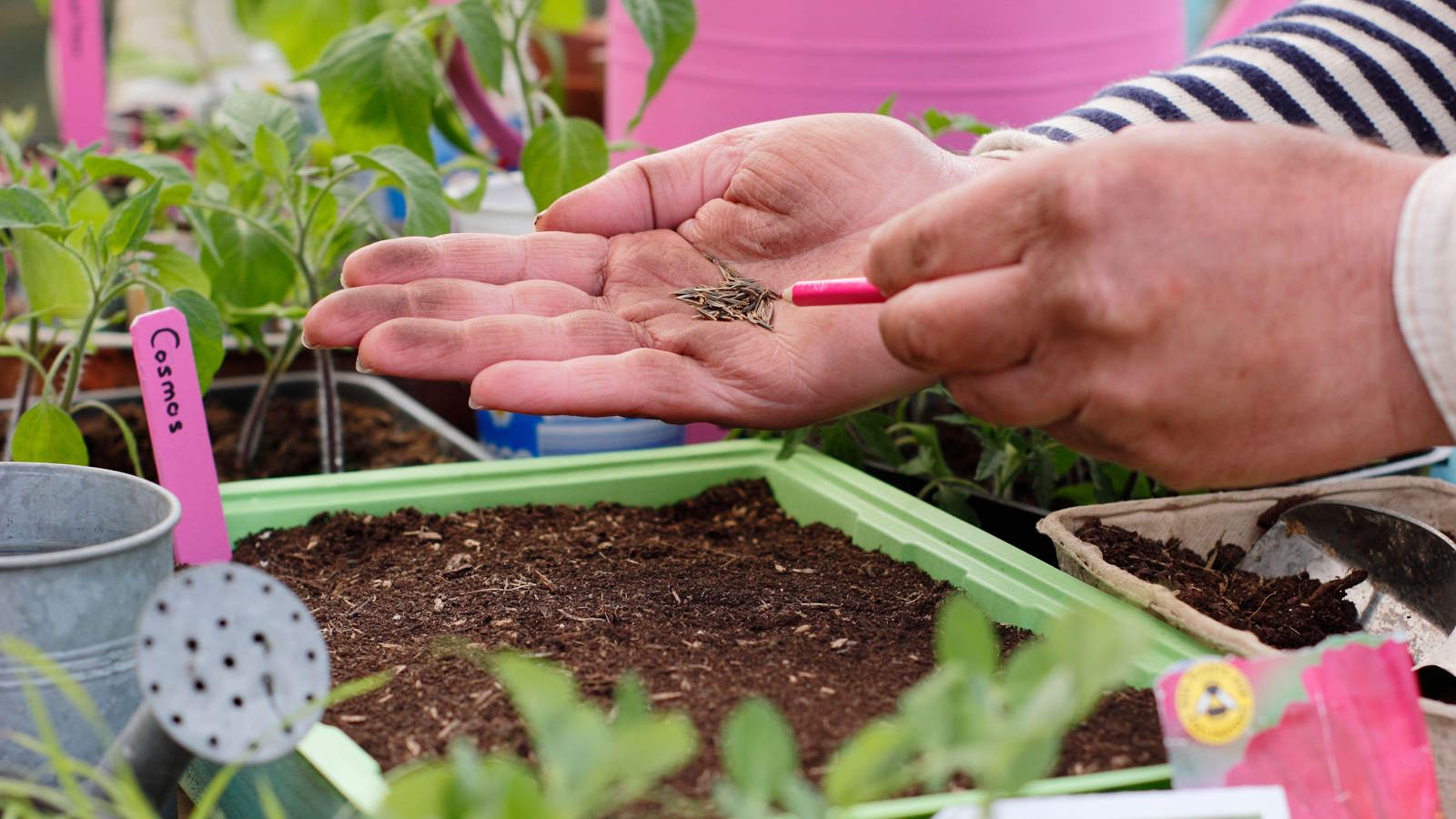

Picking what to grow can be an exciting prospect for gardeners. Come the start of the year you are inundated with seed catalogs to peruse through and websites all have their latest lists of plants to choose from for the coming year.
It is exciting yes, but can also be daunting - as there is simply so much choice out there from all those places to buy plants from. So how can you make your planning more efficient? By taking a bit of time to think ahead, you can make choices that are most suited to your desires, and your garden.
I used to plan and organize plant lists for gardens that I worked in. It included long lists of plants for display flower beds, cut flower borders, and to fill vegetable gardens. While some plants were chosen every year as they were proven winners, there was also always scope for trying something new.
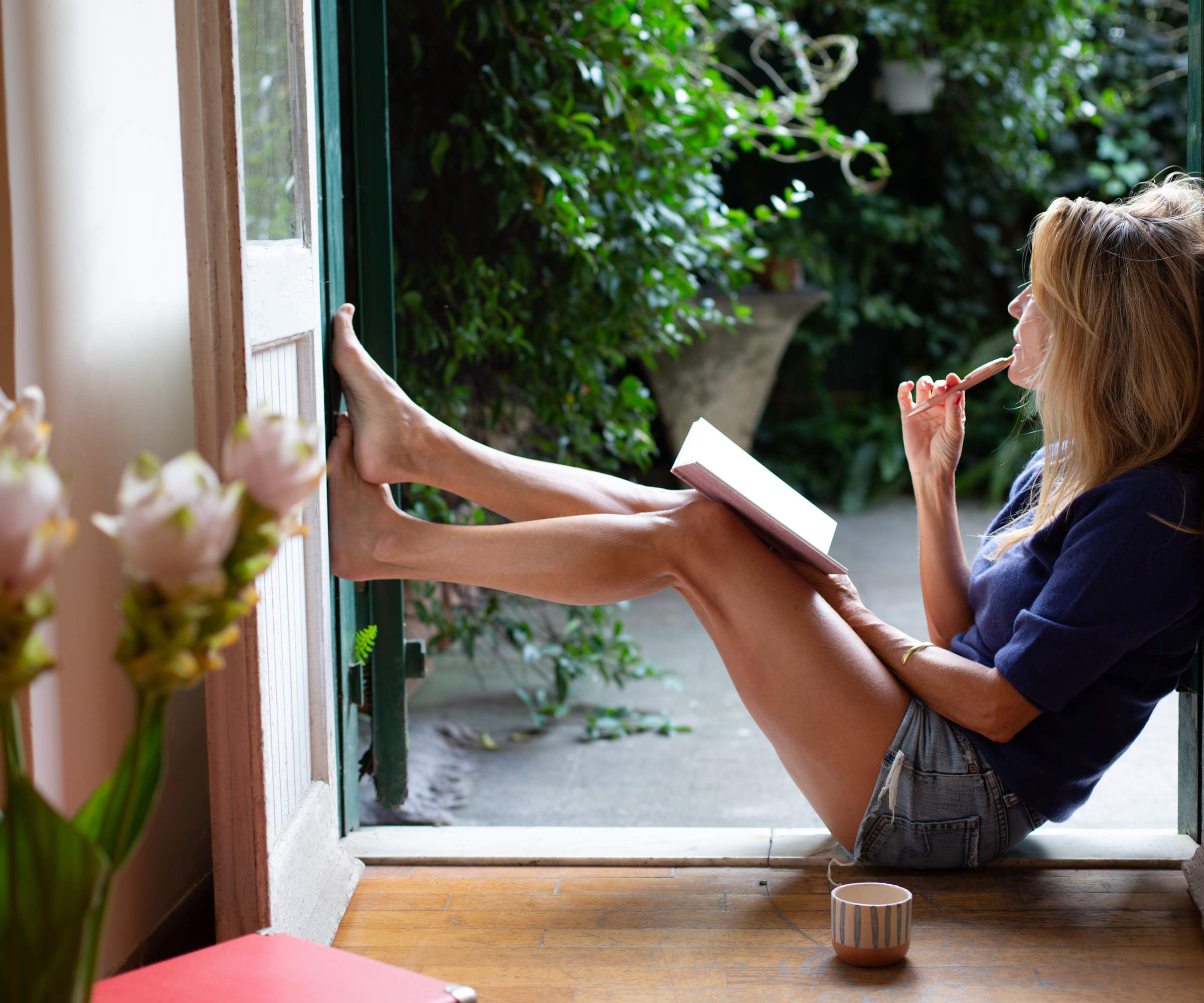
Professional tips to make informed seed-buying decisions
Using my experience from planning large propagation schedules over many years as a professional gardener, I have identified a few areas that can hopefully help you be a bit more selective when picking what to grow from seed. Whether you are looking to start flower seeds or start vegetable seeds, try to consider some of these tips when looking around for seeds this year.
1. Make a list
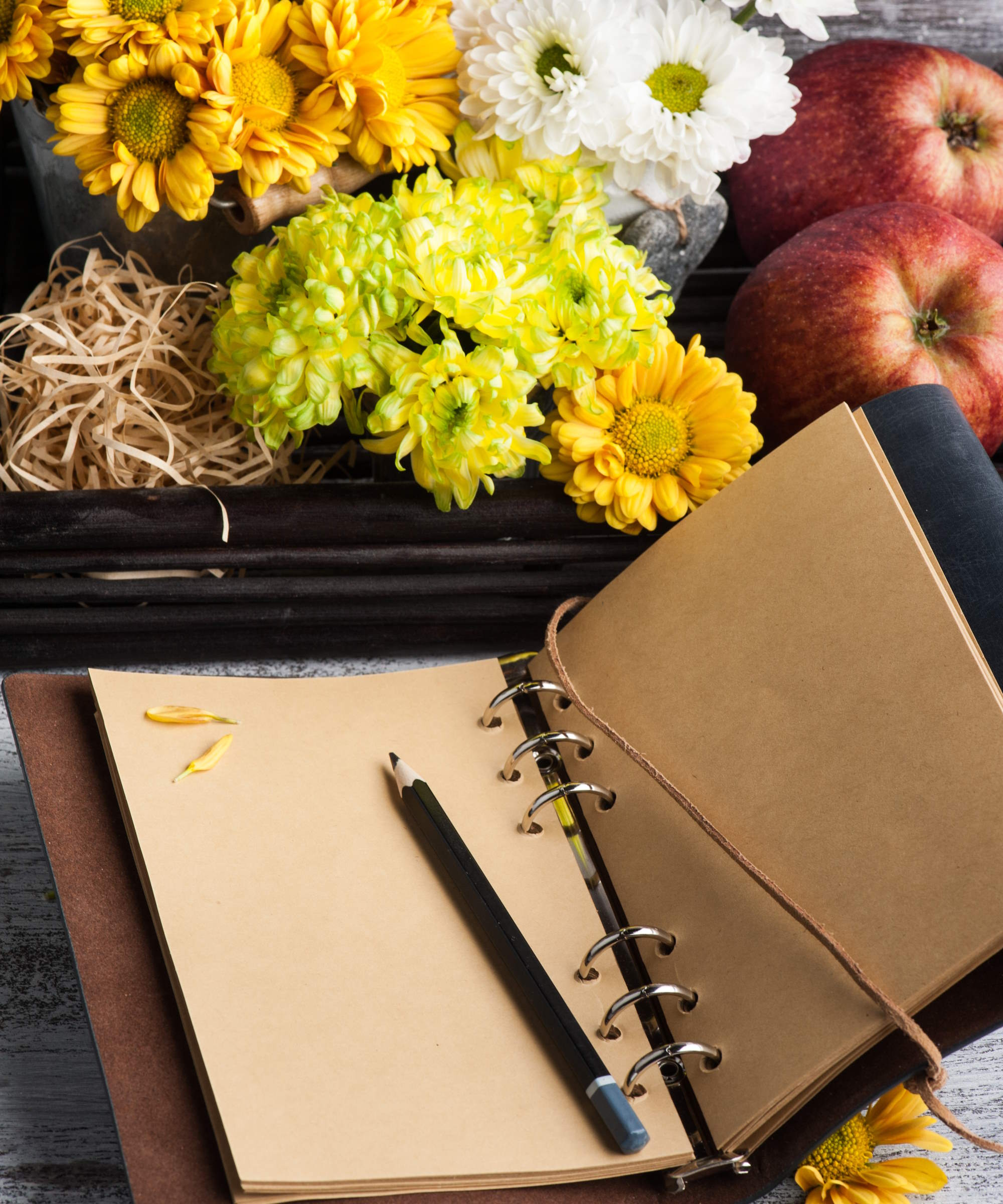
The easiest step to start with is to make a list of what you would ideally like to grow in the coming year. Outlining such gardening goals as early in the year as possible will help. How long that list will end up will depend on your garden size and your ambition - and whether you want to fill a vegetable garden, a cut flower garden, flower beds, a herb garden - or all of them.
Sowing seeds can be a budget-friendly way to grow lots of plants, however, you can consider buying transplants from nurseries, garden centers, or online. Perennial plants, including shrubs, flowers, and herbs, may be better to buy as young plants as they often take longer to develop than fast-growing annuals and can repay your investment over many years.
A good gardening diary, such as the Garden Notebook and Planner, available at Walmart, can help you plan and keep track of all your garden tasks throughout the year.
2. Check old seed packets
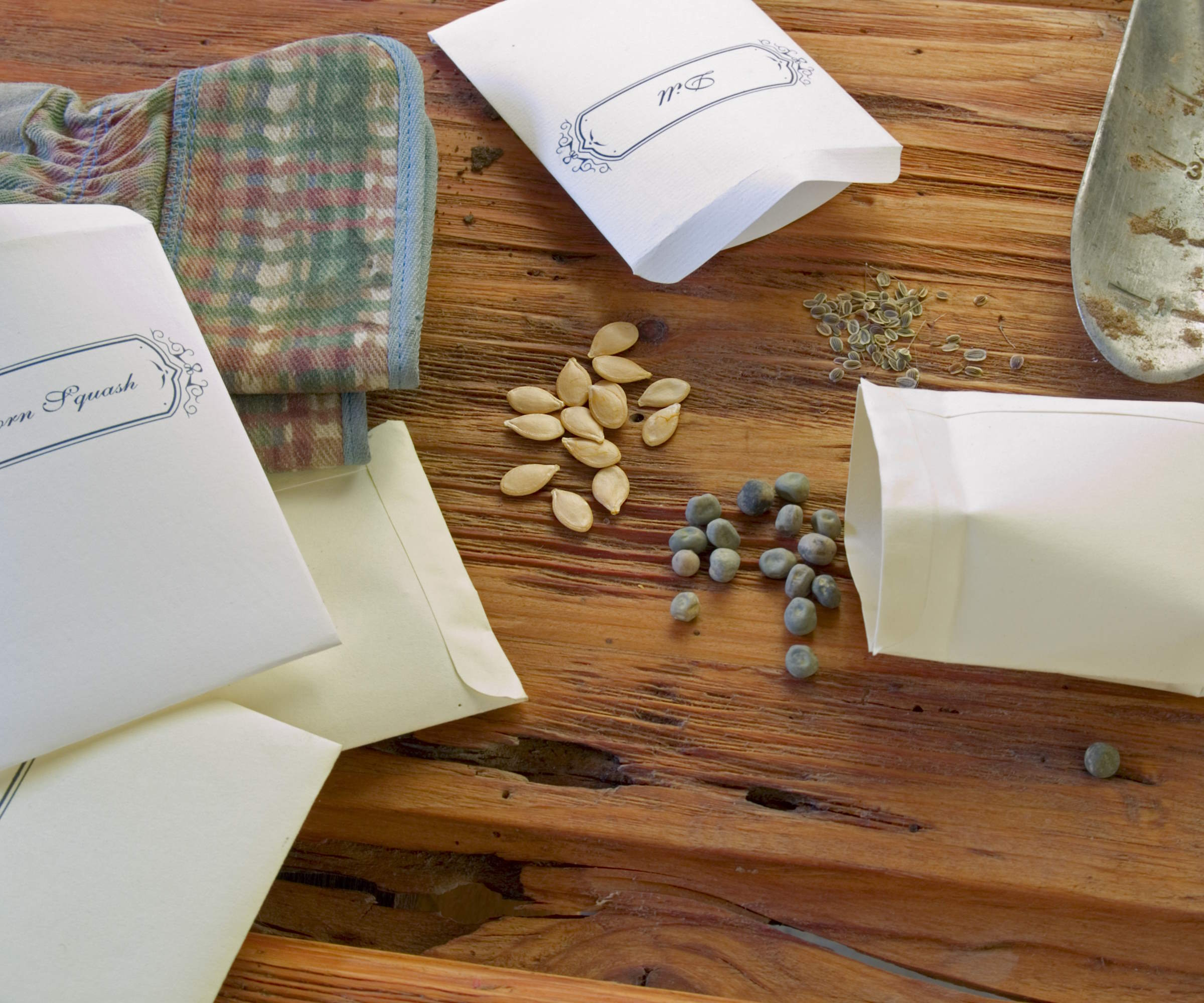
Once you have a wish list, why not check your existing seeds to see what you have left over from last year? It may save you a few dollars to go through the seeds you already have to find leftovers that are perfectly usable for this year too.
Check the dates on opened and unopened packets to throw away any that are past their best - they may still germinate but the rate is likely to be less-than-ideal. Even if they are opened, if they are in date they are worth using again. The viability of seeds does drop the older they get, but do remember that there are some crops, such as when growing parsnips and carrots, for which you should use new seed every year.
3. Think about suitability

Are the plants on your wish list all suitable for growing in your backyard - and are you going to have space to grow them all? We have all probably been guilty of getting carried away in the past, but it is a more efficient practise to select those plants that are ideally suited to the conditions in your garden.
The amount of sun and shade (coming from the direction your garden faces and shadows caused by trees or buildings), and the soil type you have, are all going to impact what plants will thrive there. Using a DIY soil test kit, such as this digital soil kit at Amazon, can help you understand the make-up of your soil to make informed decisions.
If you are planning to grow in raised garden beds or container gardens, then you can have a bit more freedom, as you can control the soil and where you place the pot.
4. Planning makes perfect
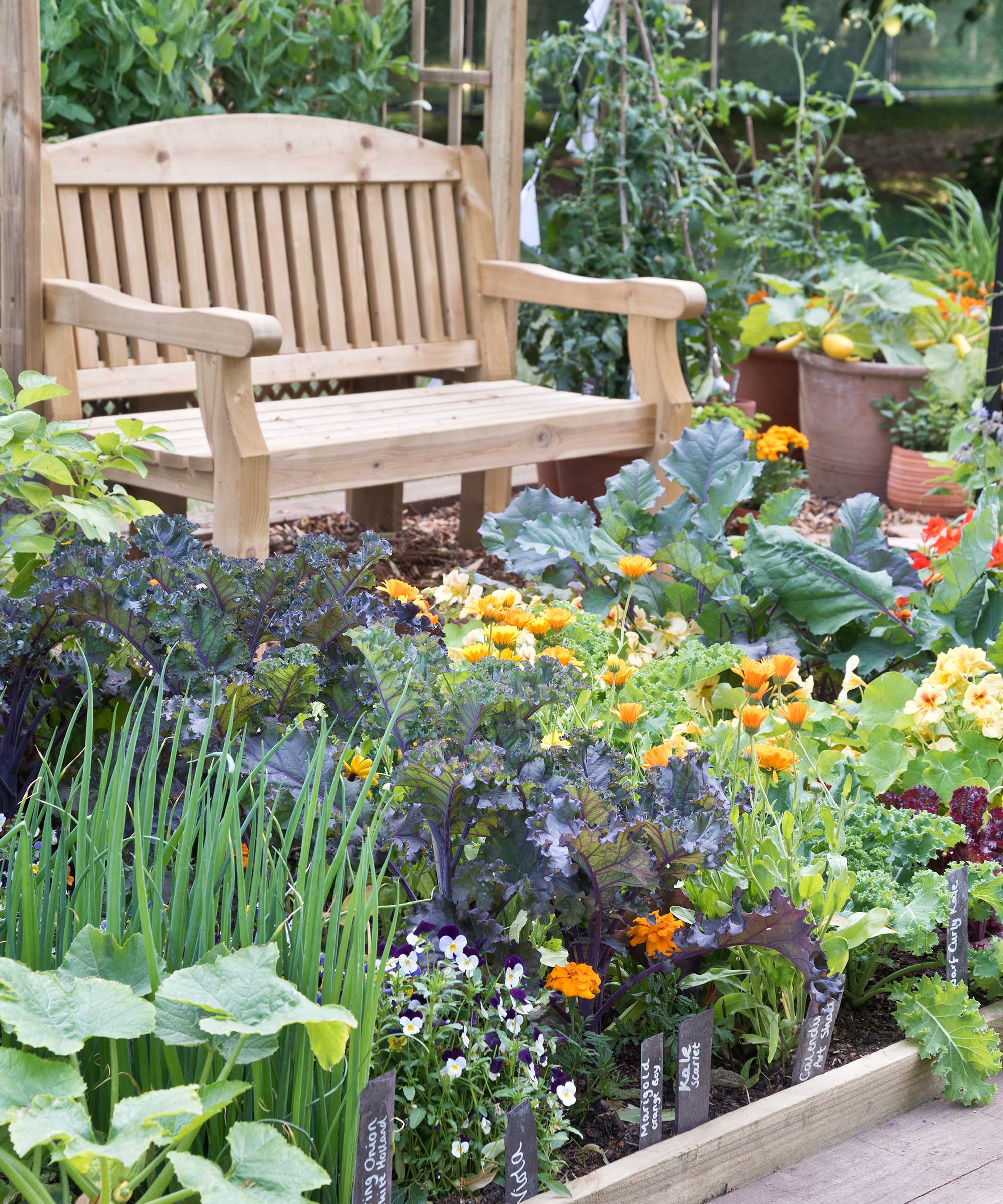
You may already know which of your preferred plants are suited to your garden - but can they all fit?
At this stage it is beneficial to start to map out your garden. Doing this can give you an idea of what should go where, and how many plants you may need of each to fill the space. It might feel a bit like putting a puzzle together, but can be useful to give you an idea of what fits in the space and how many seeds you are likely going to need.
When it comes to planning a vegetable garden, you can also take into consideration succession planting - where you plant another crop after one finishes to get multiple harvests from one bed.
5. Shop around for your seeds

It is unlikely that one retailer is going to carry absolutely everything that you want. It can be fun to look around to see the many different varieties that are available from various suppliers. Not only can you compare varieties at this stage, but you can also compare costs.
Looking through catalogs and plant websites can be an enjoyable task - like a kid in a candy shop you can pick and choose varieties and colors. But at least by this stage you will be able to stick to plants that you know suit your garden. While it is sensible to stick to tried-and-tested types, there is always room for a little experimentation and trying something a bit new and exciting to grow.
Always stick to reputable suppliers when ordering seeds, it could be a mistake to sow seeds that you do not know the heritage of. They could potentially have been imported into the country and be carrying diseases that would be harmful to your other plants, and also the wider environment.
6. Check quantities before ordering
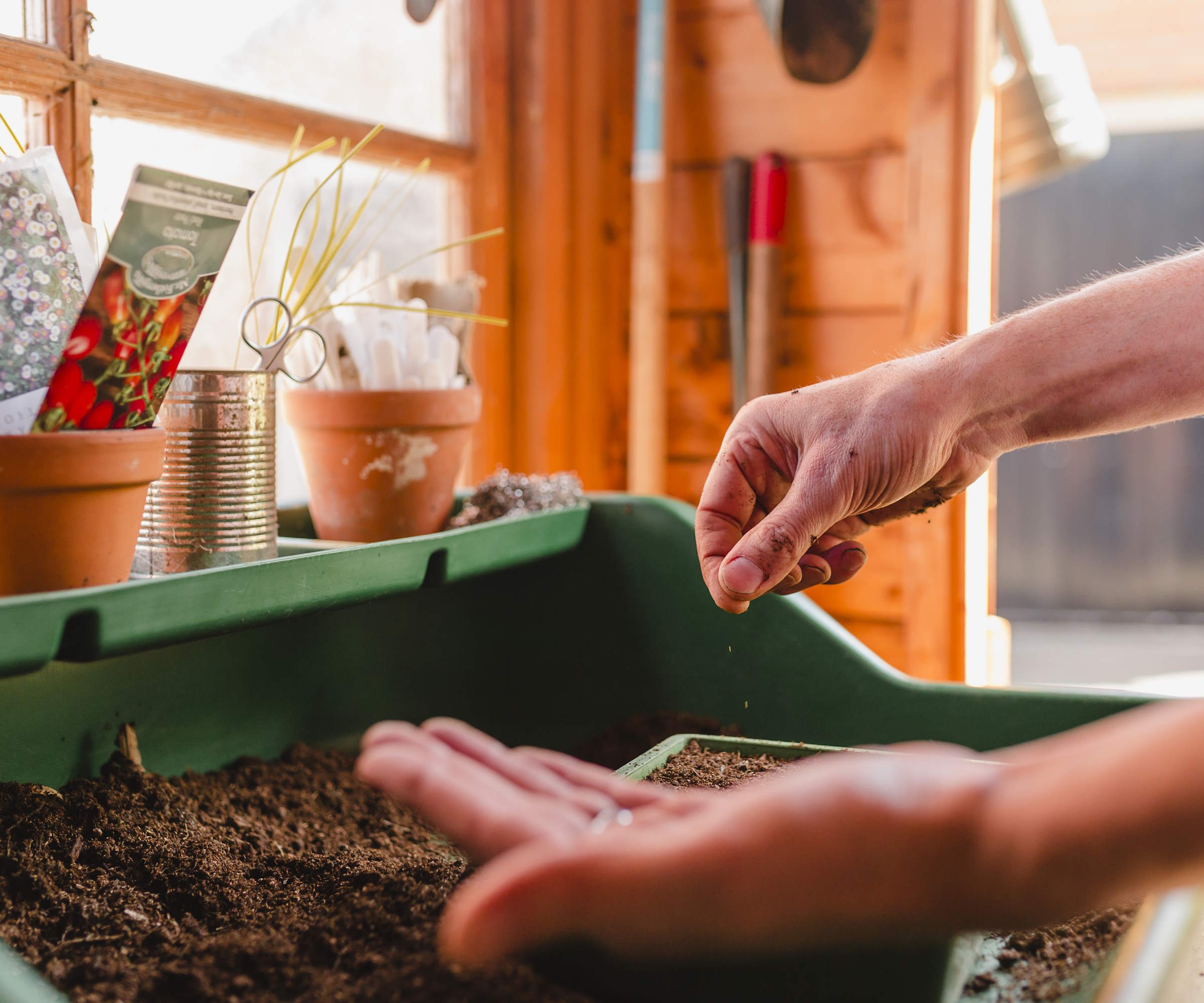
Once you have identified the types and varieties of plants that you want - and the suppliers to get them from - my last tip is to check the amount of seeds in the packets. The details available in the catalog or online should tell you how many seeds you will get per packet. Your previous planning means you will know how many plants you ultimately need.
Some packets will have hundreds of seeds in, while others may only have a small number. Make sure you get enough seeds to cover you this year, but try not to get too carried away. While seeds can be stored for use the following year, you do not need enough to keep you going for four or five years.
A sturdy box, such as this Seed Storage Box, available at Amazon, will be required to keep any seeds that you have not sown safe and dry.
FAQs
When should I order my seeds?
It is better to try to order seeds early in the year. While seeds for flowers, vegetables, and herbs are commonly available throughout the year, some varieties of plants will sell out quickly. Shopping around earlier will mean the widest range of varieties are available to purchase. Winter is the ideal time to order, as you will have all the seeds you need once the time comes to start sowing them indoors and outdoors.
Is it cheaper to buy seeds or plants?
It is always going to be cheaper to buy seeds than plants, and there will be a wider range of varieties of seeds to choose from than the range of plants commonly seed in garden centers. There are advantages to buying young plants, in terms of ease and time, but when it comes to cost - seeds are the winner.
Is it worth growing plants from seed?
I would always recommend growing plants from seed to gardeners new and old. Not only is it inexpensive, but also a very rewarding way to grow plants. The satisfaction of growing your own flowers or vegetables cannot be understated. Even if you start just by sowing a few seeds, it is definitely worth doing. You do not always need a large set-up to sow seeds, you can direct sow lots of flowers and vegetables outside in the garden and watch them grow.
If you do enjoy growing plants from seed, you can even go that extra step in future years by collecting seeds from your existing plants. This can be an economical and fulfilling way to grow more flowers and vegetables for your garden.
Sign up to the Homes & Gardens newsletter
Design expertise in your inbox – from inspiring decorating ideas and beautiful celebrity homes to practical gardening advice and shopping round-ups.

Drew’s passion for gardening started with growing vegetables and salad in raised beds in a small urban terrace garden. He has worked as a professional gardener in historic gardens and specialises in growing vegetables, fruit, herbs, and cut flowers as a kitchen gardener. That passion for growing extends to being an allotmenteer, garden blogger, and producing how-to gardening guides for websites. Drew was shortlisted for the New Talent of the Year award at the 2023 Garden Media Guild Awards.
-
 5 surprising but brilliant ways to clean with old socks – from perfectly buffing stainless steel to deterring pests naturally and more
5 surprising but brilliant ways to clean with old socks – from perfectly buffing stainless steel to deterring pests naturally and moreTackle dust in tricky corners, clean your mirrors and even banish bad odors with those rogue single socks
By Andy van Terheyden Published
-
 How to grow astilbe – expert advice on cultivating this shade-tolerant flowering perennial
How to grow astilbe – expert advice on cultivating this shade-tolerant flowering perennialShade-tolerant and pest-resistant - astilbe are hardy and tough perennials that can thrive in many settings
By Ellen Wells Published